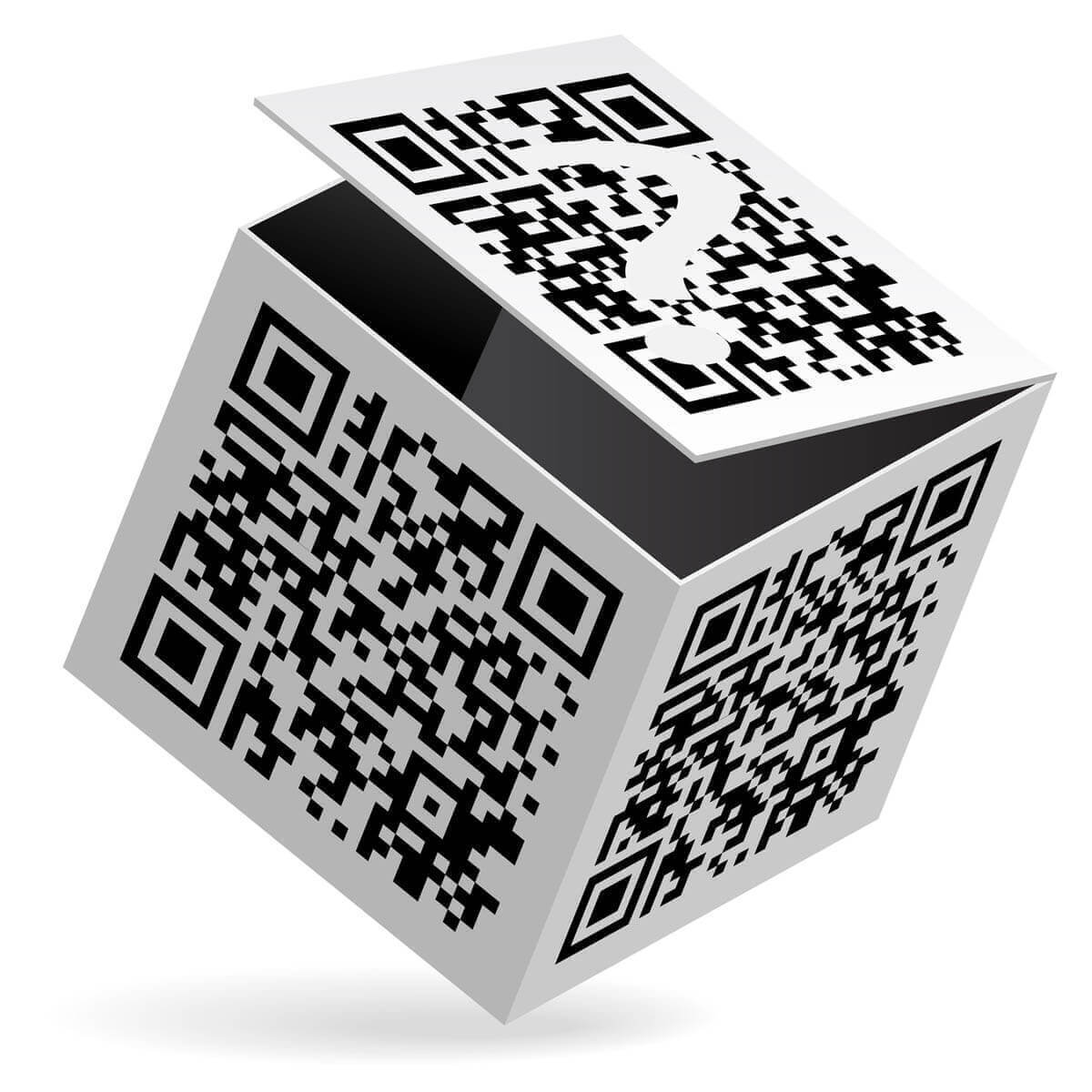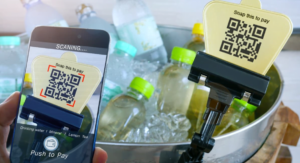QR codes have become increasingly popular in recent years due to their versatility and convenience. In this comprehensive guide, we will explore the world of QR codes and specifically focus on QR Code for vCard Information A Comprehensive Guide. We will discuss what QR codes are, the benefits of using them, how they work with vCard information, steps to create them, best practices, and much more. So let’s dive in and learn everything you need to know about QR codes with vCard information.
Introduction
In this digital age, it’s essential for businesses and individuals to adopt innovative ways of sharing information quickly and effortlessly.QR Code for vCard Information provide a seamless solution for this purpose. These codes are two-dimensional barcodes that can be scanned by smartphones or QR code readers to instantly access information. QR codes with vCard information take it a step further by incorporating contact details in a standardized format.
What is a QR Code?
A QR code is a matrix barcode that consists of black squares on a white background. It can store various types of data, such as text, URLs, contact information, and more. The information embedded in a QR code can be quickly accessed by scanning it with a QR code reader or a smartphone’s camera.
Benefits of Using QR Codes
QR codes offer several benefits, making them an ideal tool for sharing information. Some of the advantages of using QR codes include:
- Efficiency: QR codes enable instant access to information without the need for manual data entry.
- Versatility: QR codes can be used for a wide range of applications, such as marketing campaigns, contact sharing, event registrations, product information, and more.
- Trackability: QR codes can be easily tracked to gather data on scan rates, user engagement, and other valuable metrics.
- Convenience: QR codes can be scanned using smartphones, making it accessible to a large audience without the need for additional hardware.
What is a vCard?

A vCard, short for “Virtual Business Card,” is a standardized electronic format for storing contact information. It typically includes details such as the individual’s name, phone number, email address, company, job title, and more. vCards are commonly used to exchange contact information digitally.
How QR Code for vCard Information Works?
QR codes with vCard information combine the convenience of QR codes with the structured format of vCards. When a QR code containing vCard information is scanned, the data is instantly imported into the user’s device address book. This eliminates the need for manual entry and ensures accurate and up-to-date contact details.
QR Code Creator Tools
Creating QR codes with vCard information is a straightforward process thanks to various QR code creator tools available online. These tools allow users to generate QR codes by simply entering their contact information and selecting the vCard format.
Steps to Create a QR Code with vCard Information
To create a QR code with vCard information, follow these steps:
- Choose a reliable QR code creator tool that supports vCard formats.
- Enter your contact information, such as name, phone number, email address, etc.
- Customize the appearance of the QR code if desired.
- Generate the QR code.
- Download the QR code image.
Customizing QR Codes
QR codes can be customized to align with your brand identity or to add visual appeal. Many QR code creator tools offer options to change the color, add logos or images, and even incorporate custom designs within the QR code. However, it’s essential to strike a balance between customization and ensuring that the QR code remains scannable.
Best Practices for Using QR Codes with vCard Information
To make the most out of QR codes with vCard information, consider the following best practices:
- Clear Instructions: Provide clear instructions on how to scan the QR code and explain the benefits of doing so.
- Testing and Scannability: Test the QR code on various devices and QR code readers to ensure it can be easily scanned by the majority of users.
- Size and Placement: Place the QR code in visible locations, ensuring it is large enough to be easily scanned.
- Error Correction: Opt for a higher error correction level to ensure the QR code remains scannable even if it gets damaged or partially obscured.
Examples of QR Code Use Cases
QR codes with vCard information can be utilized in numerous ways across different industries. Some common use cases include:
- Sharing contact information at networking events or conferences.
- Adding QR codes to business cards or promotional materials for quick access to details.
- Including QR codes in product packaging for easy access to user manuals or support information.
- Using QR codes on restaurant menus to provide nutritional information or detailed descriptions of dishes.
QR Codes and Data Privacy
While QR codes are a convenient means of sharing information, it’s essential to consider data privacy. Ensure that the information contained in the vCard and the QR code itself do not include sensitive or personal data without appropriate consent. Implement measures to secure the data and be transparent about how it will be used.
QR Codes vs. Traditional Business Cards
QR codes with vCard information offer a modern alternative to traditional paper business cards. They eliminate the need for physical cards, reduce environmental waste, and provide a seamless way to transfer contact details digitally. However, it’s important to consider the preferences of your target audience and offer both options if necessary.
Future of QR Codes
QR codes continue to evolve and find new applications in various industries. With advancements in technology and increased adoption, QR codes are expected to become even more prevalent. Integrations with augmented reality (AR) and other emerging technologies open up exciting possibilities for enhanced user experiences.
FAQs
1. What is a vCard, and how does it relate to QR codes?
A vCard is a digital business card that contains contact information. When integrated with a QR code, this information can be encoded and easily shared by scanning the code. Learn more about the synergy between vCards and QR codes in our blog.
2. How can QR codes enhance the sharing of vCard information?
QR codes provide a convenient way to share vCard information. By scanning a QR code, individuals can instantly access and save contact details without the need for manual input. Discover the ways QR codes streamline vCard sharing in our latest article.
3. What are the benefits of using QR codes for vCard sharing?
Using QR codes for vCard sharing offers numerous advantages. It eliminates the possibility of errors during manual contact entry, saves time, and enables real-time access to up-to-date information. Explore the benefits of this powerful combination in our detailed blog post.
4. Are QR codes secure for sharing personal contact details through vCards?
Yes, QR codes can be secure for sharing vCard information. However, it’s important to implement certain security measures, such as using secure QR code generators and being cautious of the information being encoded. Our blog sheds light on how to ensure the security of your shared vCard data using QR codes.
5. How can I create a QR code for sharing my vCard?
Creating a QR code for vCard sharing is easy. You can use various online QR code generators by inputting your vCard data and selecting the vCard format. Our blog provides step-by-step instructions on how to generate your own QR code for vCard sharing, making the process hassle-free.
Conclusion
QR Code for vCard Information present a convenient and efficient way to share contact details in a digital world. By combining the power of QR codes and the standardized format of vCards, users can quickly import contact information without manual data entry. When creating QR codes with vCard information, it’s important to follow best practices, consider data privacy, and ensure the codes are scannable and accessible to a wide audience.












